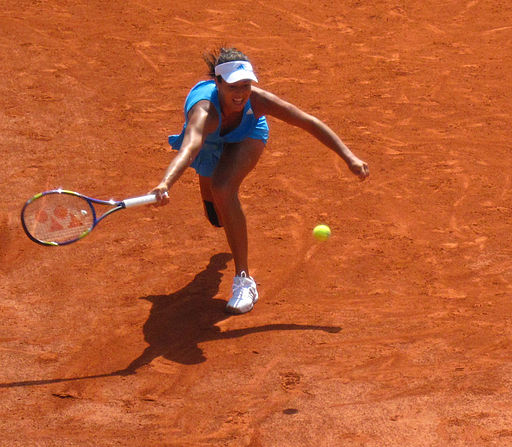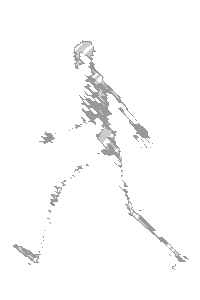Here’s a quick recap of the six Primal Movement Patterns that almost every human movement can be broken down into:
- Squat/Lift
- Lunge
- Push/Pull
- Twist
- Gait
- Balance
As promised, we’ll briefly discuss each movement in general terms and then give you examples of when you’re likely doing it. After, we’ll summarize some of the common faults and some quick fixes that may help resolve some of those movement related issues.
Squat/Lift: The squat/lift pattern is one of the most commonly recognized patterns out there. It involves bending through the knees and hips with the feet staying in the same relative position. We recognize it in young babies even before they start learning to stand upright. We can see the squat motion as they lie on their backs kicking their legs out together, over and over, building up strength for when they need to be able to do it against gravity. As we grow up, it’s how we sit down, stand up, pick groceries off the floor, and go for that massive 360 reverse slam dunk (jumping off two feet) over top of Shaquille O’Neill.

Lunge: The lunge pattern can be broadly described as stepping forward, backwards, to the side, or to any angle between them. While similar to the squat pattern, the difference is that one leg moves away from the other. We use this pattern when we dodge oncoming pedestrian traffic on Yonge Street (side-stepping the bankers engrossed in their Blackberries), stepping back from the yellow line when the subway car pulls into the station (so we don’t lose the tip of our nose), and even when we “step” into our cars, to a certain extent.

Push/Pull: This Primal Pattern can be described as any pushing or pulling motion. It can be directed vertically, horizontally or on any plane in between. In daily activities, this can be seen when we are opening or closing doors, dragging our suitcases behind us, or pushing a grocery cart at the store.

Twist: Twist, or torque, refers to our ability to create rotational forces. Torque is created through our bodies when we chop wood, swing a golf club, or complete any other similar type activity.
Gait: This represents our movement strategies: it’s how we get from one place to the next. It can include crawling, walking, and running to name a few.
 Balance: Balance is our ability to maintain our centre of gravity with as little excess movement, or sway, as possible. We balance our bodies when we stand up. We balance as a component of our walking. This is an integral movement pattern that allows us to avoid falling down and is often used in combination with other movement patterns.
Balance: Balance is our ability to maintain our centre of gravity with as little excess movement, or sway, as possible. We balance our bodies when we stand up. We balance as a component of our walking. This is an integral movement pattern that allows us to avoid falling down and is often used in combination with other movement patterns.

A few common faults across all categories:
- Excessive movement through the spine (e.g. flexing forward through low back, twisting excessively with golf swing)
- Improper or uneven weight distribution (e.g. weight shifted to one foot or the other, weight shifted forward/backward)
- Faulty body positioning with pushing or pulling a load (e.g. shoulder hiked when dragging suitcase)
- Not actually using the right muscles/joints to complete a movement pattern (e.g. “plopping” down into a chair)
- Altered or compensated gait pattern (e.g. limping, excessive pelvis rotation etc)
- Poor balance levels (e.g. inability to control body sway when standing on one foot)
The Fixes:
- Education: If you’re having problems, learn what pattern is being done incorrectly. Learn how to stop it. And learn how to replace it with a better, safer one that protects your body. Or at the very least, doesn’t wear it down as quickly. If you’re not having any problems, prevent them from happening in the future.
- Find out what’s got you in pain, or keeping you in pain (e.g. the way you bend through your back every day)
- Find out how you can avoid injuries or dysfunctions (e.g. keep your bones and muscles strong as you age)
- Motor Control: Train your body to consistently move better.
- Fix poor postures (e.g. slouch at computer desk)
- Improve mobility/stability (e.g. loosen up immobile hips, stabilize spine)
- Reduce or eliminate imbalances (e.g. stretch tight muscles, strengthen weak muscles)
- Re-train faulty movement patterns (e.g. improper squats, excess twisting through spine with golf swing)
- Get in shape: Train your body to tolerate these various stresses. Improve your level of conditioning.
- Push your cardiovascular system to its potential
- Build your strength, power, and endurance to their highest levels of performance
- This can be done with any physical activity you enjoy: running, biking, swimming, weights or sports.
- Just get active and start!
(inside Peak Performance Golf)